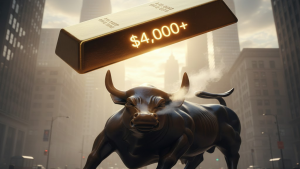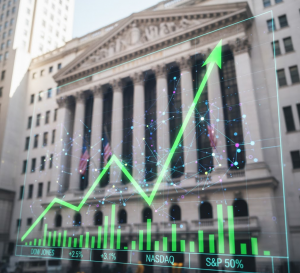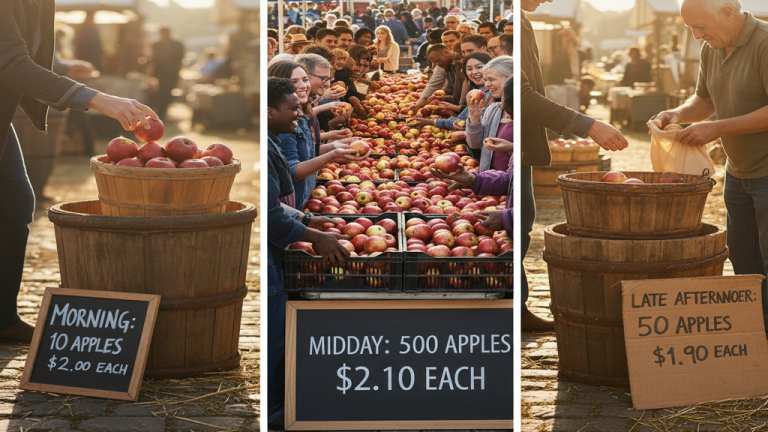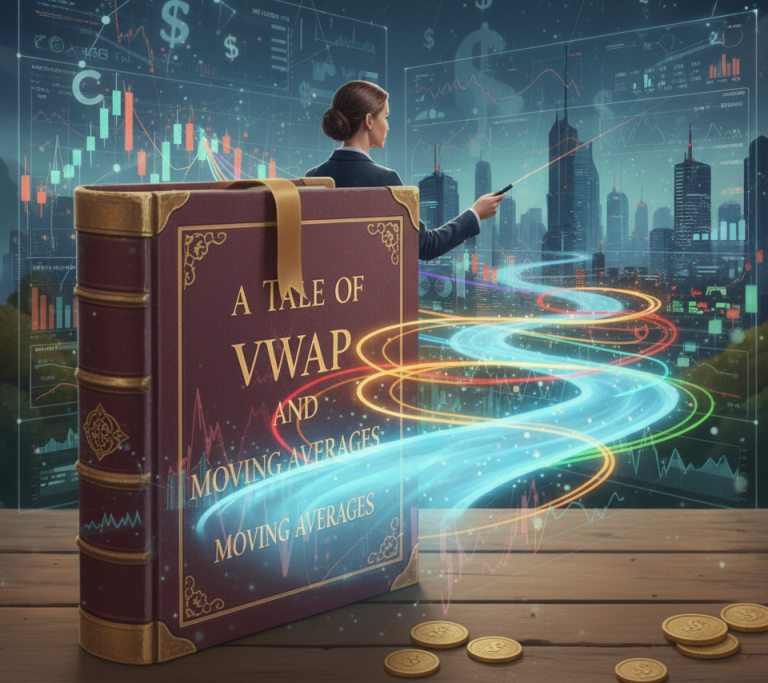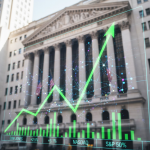The Market’s Holiday Spirit: Understanding the Santa Claus Rally
Summary TLDR
The Santa Claus Rally is a historical tendency for the stock market to rise during the last five trading days of December and the first two trading days of January.
Introduction
As the year draws to a close, a peculiar and often cheerful phenomenon can settle upon the market. Amidst the holiday season, a sense of optimism seems to pervade the trading world, often lifting stock prices in a gentle, upward drift. This seasonal pattern, known affectionately as the Santa Claus Rally, is one of the most widely discussed calendar effects, representing a period where bullish sentiment often outweighs the usual market anxieties.
The Core Concept (Explained Simply)
Imagine a large office during the final week of the year. Many of the senior managers (the large institutional investors) have gone on vacation. The work atmosphere is lighter, and the remaining staff (the retail investors) are generally in a good mood, thinking about the holidays, their year-end bonuses, and the promise of a fresh start in the new year. There’s a general feeling of goodwill and optimism.
The Santa Claus Rally is the market’s version of this relaxed, holiday atmosphere. With many of the big, cautious players away, the market is often left in the hands of more optimistic individuals. Trading volume is typically light, meaning even a small amount of buying can have a noticeable impact on prices. This combination of holiday cheer, the investment of year-end bonuses, and a forward-looking optimism often creates a favorable environment for stock prices to climb.

From Theory to Practice
The rally is specifically defined as the 7-day trading period encompassing the last five trading days of the calendar year and the first two of the new year. While its existence is a historical observation, several theories attempt to explain why it occurs:
- Use of Holiday Bonuses: Many people receive year-end bonuses and may choose to invest a portion of them in the stock market, creating a wave of buying pressure.
- Holiday Optimism: A general feeling of goodwill and happiness during the holiday season can translate into more positive investor sentiment.
- Institutional Absence: With many large institutional traders on vacation, the market has fewer active sellers and pessimists, allowing more optimistic retail investors to drive the market’s direction.
- Low Trading Volume: With fewer participants, the market is less liquid. This means that even modest buying can push prices up more than they would during a regular trading period.
- Anticipation of the January Effect: Some investors may be buying in late December to get ahead of the so-called “January Effect,” another historical tendency for stocks to rise at the beginning of the year.
A Brief Illustration
An analyst looking back at 50 years of S&P 500 data might observe that this specific 7-day trading period has produced a positive return more than 75% of the time, with an average gain of around 1.3%. While this is not guaranteed for any single year, it represents a statistically significant historical tendency.
A trader aware of this doesn’t bet their entire portfolio on the rally. Instead, they might see it as a “seasonal tailwind.” They may be less inclined to place bearish bets during this period or may view a small dip as a buying opportunity, knowing the historical odds are slightly in favor of the bulls.
Why It Matters
- It’s a Measure of Sentiment: The rally is often seen as a barometer of investor optimism. In fact, an old Wall Street adage says, “If Santa Claus should fail to call, bears may come to Broad and Wall,” suggesting that a failed rally could be a bearish sign for the year to come.
- Highlights Seasonality: It’s a prime example of how calendar-based anomalies and market psychology can influence price, independent of economic fundamentals.
- A Historical Tendency, Not a Certainty: It is crucial to remember this is a pattern, not a promise. There have been years where the rally has not occurred, and it should never be the sole basis for a trading decision.
Additional Topics to Explore
- The January Effect: The historical tendency for stocks, particularly small-cap stocks, to rise in January.
- The September Effect: A contrasting anomaly where September has historically been the worst-performing month for stocks.
- Tax-Loss Harvesting: The strategy of selling losing investments to reduce capital gains taxes, which is the root cause of the effect.
